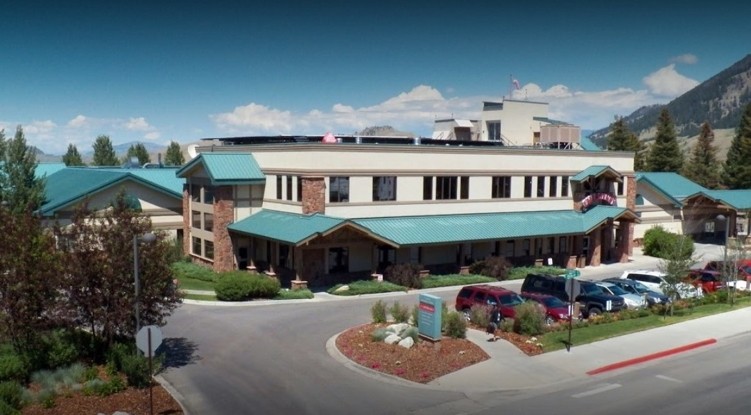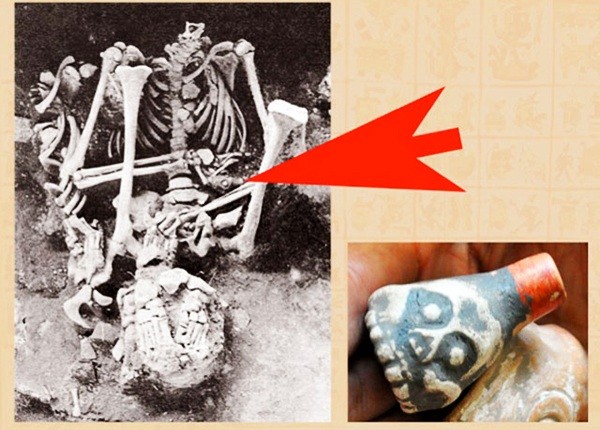What are the Smallest State by Population in the U.S: Wyoming's Amazing Facts
 Amazing Facts About Rhode Island - Smallest State by Land Area in the US Amazing Facts About Rhode Island - Smallest State by Land Area in the US |
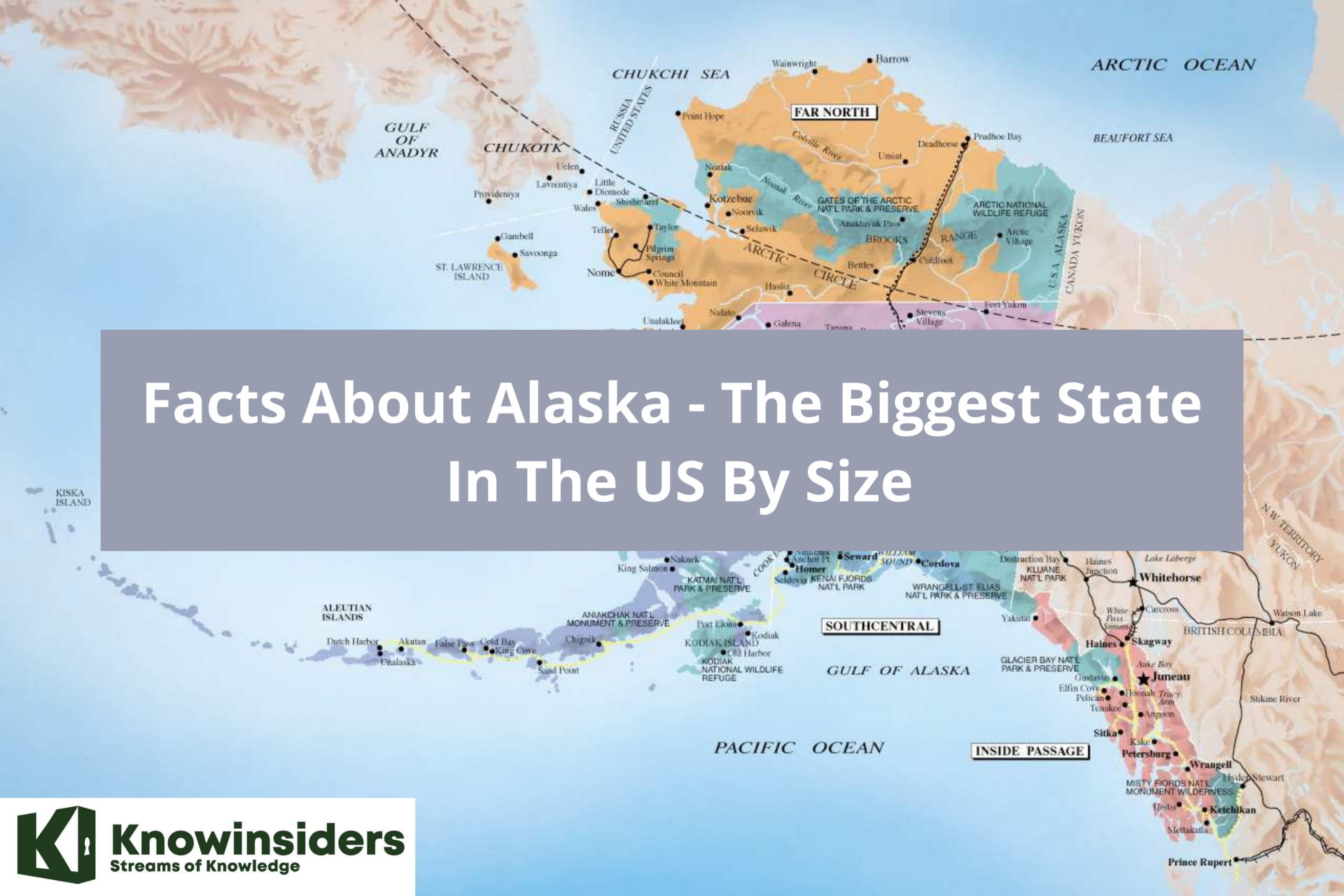 Alaska's Amazing Facts - The Biggest State In The US by Land Area Alaska's Amazing Facts - The Biggest State In The US by Land Area |
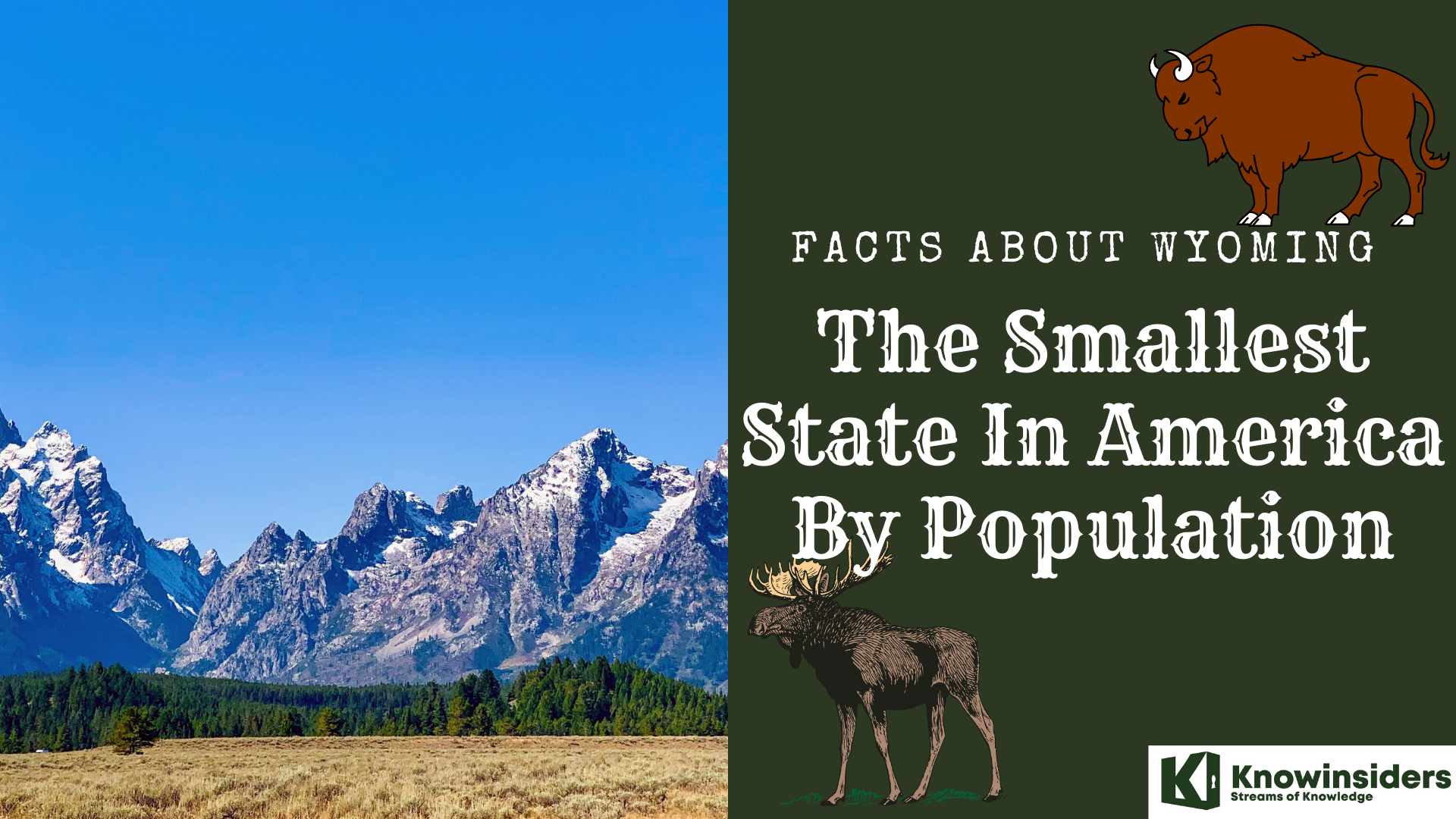 |
| Facts About Wyoming - The Smallest State In America By Population |
What is the Smallest State by Population in America
One of the 50 states that make up the US is Wyoming. The landlocked, trapezoid-shaped state is situated in the western US mainland's Mountain Division.
A census performs a systematic calculation of the number of residents within a specific geographical area. As of 2010, the five smallest states by population are Wyoming, Vermont, North Dakota, Alaska, and South Dakota, according to azcentral.
Of all 50 states, Wyoming has the lowest population, with 563,626 people. Wyoming's capital and largest city is Cheyenne, and the state's land area is 97,100 square miles, with a population density of 5.8 persons per square mile.
With a total area of 253,348 km2 (97,818 sq mi), Wyoming is the tenth largest state in the US. In comparison, the UK is slightly larger than Wyoming. Wyoming is 11 times larger than New Jersey but would fit into Texas almost three times smaller than it.
The country's most well-known national park, Yellowstone, which was also the first, is now home to a variety of animals, including the otherwise-rare American bison. Two-thirds of Wyoming, which is in the West, is covered in mountain ranges at the foot of the Rocky Mountains.
The Arapaho, Crow, Lakota, and Shoshone were among the area's first inhabitants. Southwest Wyoming was first claimed by the Spanish Empire, then by Mexico, before being given up to the United States at the conclusion of the Mexican-American War in 1848. The area was given the name "Wyoming" when a bill to establish a temporary government for the territory of Wyoming was submitted to Congress in 1865. The word, xwé:wamnk, which means "at the big river flat" in Munsee, was previously used to refer to the Wyoming Valley in Pennsylvania.
Where Is Wyoming On The Map?
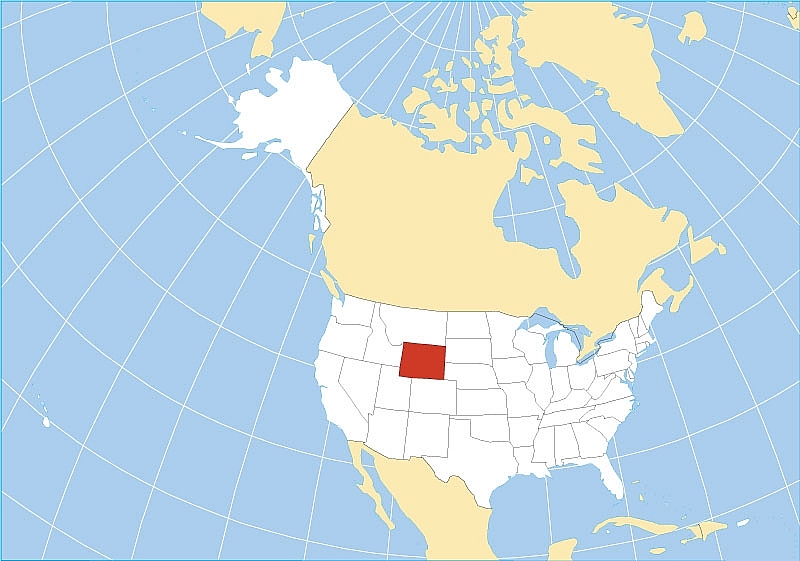 |
| Where in the United States is Wyoming? Location map of Wyoming in the US. |
Wyoming shares six state borderlines with Montana to the north, South Dakota and Nebraska to the east, Colorado and Utah to the south, and Idaho to the west.
The Wyoming Location Map makes reference to the state's precise coordinates, which are 43.0° N and 107.5° W. Wyoming has a total area of 97,809 Miles (253,325 square kilometer), and is located in the Rocky Mountain region of the northwest of the United States of America.
Read More: 10 Facts About Rhode Island - The Smallest State in America by Land Area
History of Wyoming
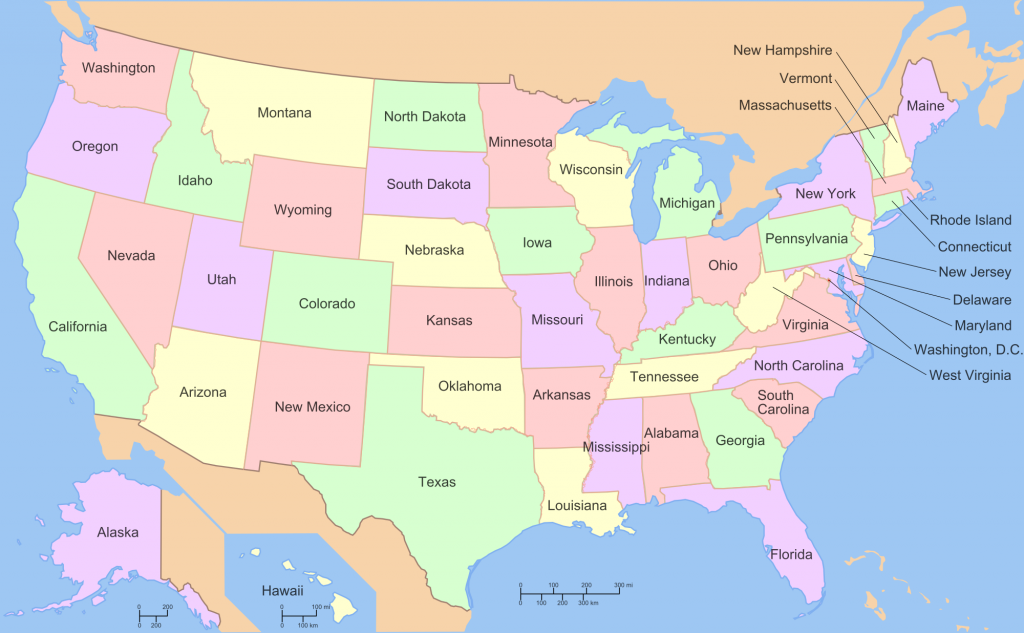 |
| Photo: Coolkidfacts |
In 1803 as part of the Louisiana Purchase, the United States purchased the land that makes up Wyoming from France. The first known white person to have arrived in the area was a fur-trapper named John Colter. He visited the Yellowstone region in 1807 and reported back on its geysers and hot springs.
In 1812 and 1813, Robert Stuart laid the groundwork for the Oregon Trail through Wyoming, and in 1834, Fort Laramie, the state's first permanent trading post, was constructed. According to Infoplease, the United States acquired western Wyoming as a result of the 1848 treaty ending the Mexican War and the 1846 Oregon Treaty with Great Britain.
Wyoming women received the nation's first voting rights when the Wyoming Territory was established in 1869. Mrs. Nellie Tayloe Ross was elected as the nation's first female governor in 1925.
Wyoming's high mountains and wide plains offer breathtaking scenery, pastures for sheep and cattle, and abundant mineral resources.
Wyoming is the top state for producing coal, as well as for producing oil and natural gas. Wyoming has the second-largest uranium reserves in the country and the largest sodium carbonate (natrona) deposits in the world.
Wyoming is a major producer of beef cattle, hogs, and sheep, as well as wool. Wheat, oats, sugar beets, corn, barley, and alfalfa are the main crops.
Wyoming has many tourist attractions, including Yellowstone National Park, and is second in mean elevation to Colorado. Grand Teton National Park and Jackson Hole National Monument in the Teton Range of the Rockies are popular destinations for hikers, campers, and skiers. The annual Frontier Days festival in Cheyenne is well-known. Other attractions mentioned by Infoplease include Flaming Gorge, the Fort Laramie National Historic Site, Devils Tower, and Fossil Butte National Monuments.
The Free State Project, a political migration, chose Wyoming as one of its official states. In order to live in freedom, it was intended for all libertarians to move to a single state. In 2001, the project was initiated. Members chose the states for the migration by voting. With 498 votes, Wyoming came in second place to New Hampshire.
Wyoming Still Remains The Smallest State In The USOnly nine of Wyoming's 23 counties saw population growth, according to AP News, despite the state's population increasing 2.4%, from 563,626 to 576,851 individuals. With a 9.6% increase in population, Teton and Laramie counties—home to the thriving Jackson Hole and the state capital of Cheyenne, respectively—tied. With an 8.1% increase, Lincoln County, which borders Utah, a state with rapid population growth, came in third. The fourth- and fifth-fastest growing counties were Sheridan (6.2%) and Natrona (6%) respectively. Campbell and Crook counties each saw less than 2% growth, Park County increased by 5%, Albany County by 2.1%, and so on. Over the course of a decade, the once-thriving Sublette County in the western Wyoming gas patch saw a nearly 15% decline in population. Washakie County came in second with a loss of almost 10%. Weston and Goshen Counties both lost more than 5%, and Carbon County lost 8.5%. Wyoming's population of Hispanic or Latino people increased from 8.9% of the state in 2010 to 10.2% in 2020, but the state's white population remained the majority. From 1.5% to 4.1% more people identified as belonging to two or more races. Like its neighbor Montana, Wyoming is still far too small to win a second U.S. House seat. However, the figures will aid in distributing a range of state and federal funds to communities. Federal funding for population-dependent programs such as Medicaid, housing vouchers, and food assistance totals close to $1 billion annually in Wyoming. |
10 Facts About Wyoming – The Smallest State In The US
1. Experts are unsure of the origin of Wyoming's name. The name could be derived from a Delaware Indian term for "large plains" or "alternating mountains and valleys." Other possible origins include the Munsee language, which means "at the big river flat," or the Algonquin language, which means "a large prairie place."
It’s nicknamed the Equality State because it was the first state to grant women the right to vote and to have women serve on juries and hold public office.
2. Wyoming is home to a wide variety of mammals, including bighorn sheep, buffalo, pronghorn, black bears, and grizzlies. Among the birds that soar overhead are red-tailed hawks, prairie falcons, pinyon jays, and mountain bluebirds. Western painted turtles, rubber boas, Great Basin skinks, and Great Plains earless lizards are examples of reptiles. Here you can find amphibians like Wyoming toads, western tiger salamanders, and Columbia spotted frogs.
Grass, semi-desert, and desert shrubs make up almost all of the state's vegetation. Examples of these plants include juniper from the Rocky Mountains and sagebrush. Ponderosa pines, lodgepole pines, and Douglas firs are common in forested areas. Wyoming is home to a variety of wildflowers, including yarrow, Indian paintbrush (the state flower), sticky purple geranium, pink fairies, and others.
3.In 1869, the Wyoming Territory became the first state in the union to give women over 21 the right to vote.
Wyoming territorial legislators pass a bill granting women the right to vote, which is signed into law, but their motivations are more driven by a desire for free publicity than by a commitment to gender equality.
Western states took the lead in approving women's suffrage in the country, but some of them had questionable goals. Despite the fact that some men understood the crucial role women played in the settlement of the frontier, others supported women's suffrage only to strengthen conservative voting blocs. According to History, some men in Wyoming were also driven by feelings of extreme loneliness because, in 1869, there were over 6,000 adult males and only 1,000 adult females in the territory. Local men believed that if women were given the right to vote, they would be more likely to settle in the harsh and remote region.
Some of the suffrage movement's leaders did support women's right to vote for more honorable reasons. A young wife who was persuasive persuaded William Bright, a territorial legislator in his mid-forties, that denying women the right to vote was a serious injustice. The other key supporter, Edward M. Lee, the territorial secretary who had long fought for the cause, claimed that it was unfair for his mother to be denied a privilege given to African-American men.
The majority of Wyoming legislators supported Bright and Lee's bill because they believed it would give the territory free national publicity and possibly draw more single, marryable women to the area. Ultimately, however, appeals to justice and equality failed to pass the legislation. The bill was signed into law by territorial governor John A. Campbell, who recognized the policy's potential for publicity. As a result, Wyoming became the first territory or state in American history to grant women this fundamental right to citizenship.
4. The country’s first female governor was also elected in Wyoming
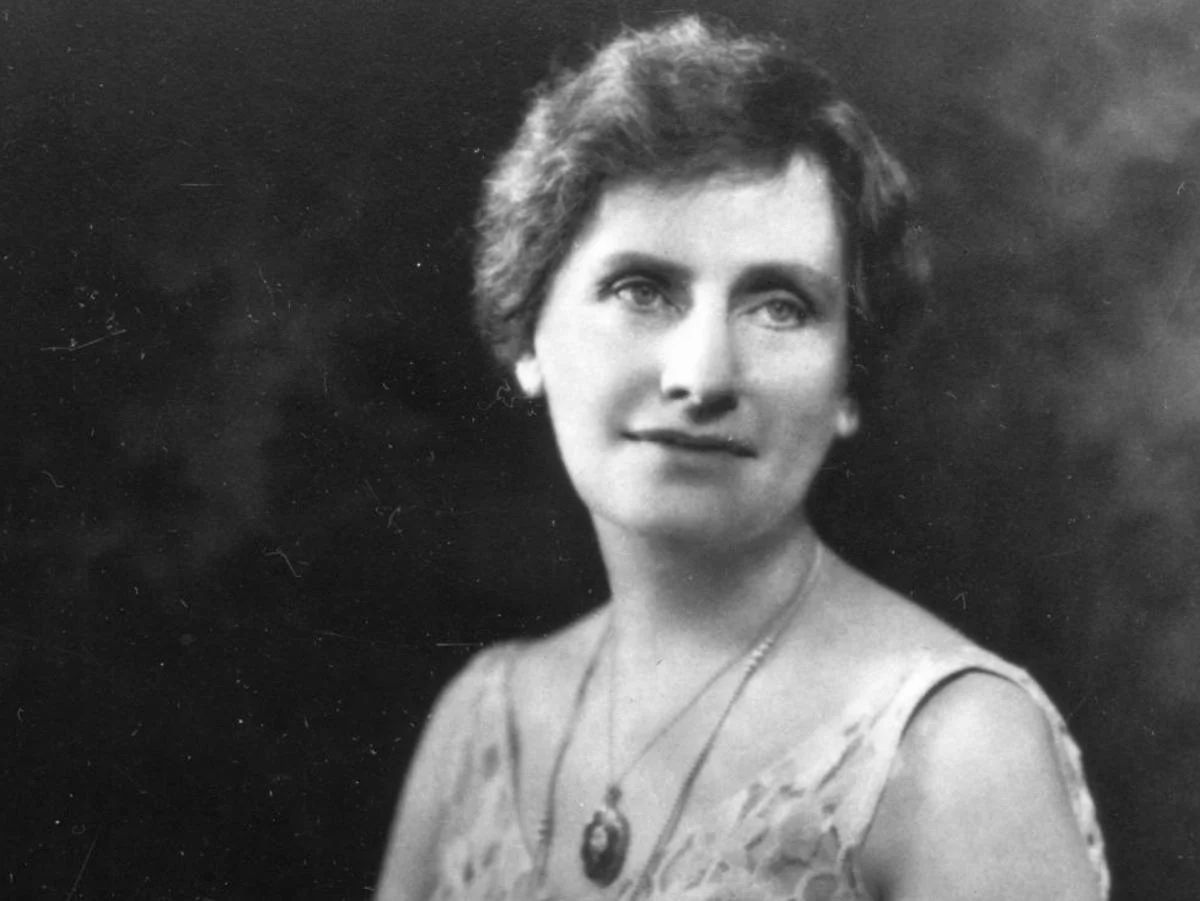 |
| Photo: Casper Star-Tribune |
According to Britannica, Nellie Tayloe Ross, née Wynns, was the first American woman to lead the U.S. mint and to hold the office of governor of a state. She was born on November 29, 1876, in St. Joseph, Missouri, and died on December 20, 1977, in Washington, D.C.
Ross succeeded her late husband, incumbent Democrat William Bradford Ross, who passed away just before the election, as governor of Wyoming in 1924. Ross was named vice-chairman of the Democratic National Committee after narrowly falling short to a Republican candidate for governor in 1926.
Ross became one of the first women to hold a crucial federal position when President Franklin D. Roosevelt appointed her director of the U.S. Mint in 1933. The Roosevelt dime, Jefferson nickel, and steel penny were all introduced by the mint during her 20-year tenure, with the latter serving as an emergency measure during World War II.
Ross narrowly edged out Miriam Ferguson to become the first female governor; Ferguson took office in Texas just 16 days after Ross.
5. Wyoming is the least populous state in the country, even though it’s the 10th largest by area. According to census records, approximately 586,000 people live within its 97,818 square miles. To put that in perspective, the smallest state in the U.S., Rhode Island, has an area of only 1212 square miles and is home to around 1.055 million people, according to Mental Floss.
6. The official motto of Wyomingites is "Equal Rights".
Wyoming's official moniker is the "Equality State," despite being affectionately known as the "Cowboy State." And with good cause. According to Travel Wyoming, Wyoming passed the nation's first unconditional law guaranteeing women's inalienable rights to vote and hold public office on December 10, 1869.
Louisa Swain made history on September 6, 1870, in Laramie, Wyoming, when she cast the world's first electoral vote under legislation granting women full civil and political equality with men. Even after Wyoming was admitted to the Union in 1890, these laws remained unchanged.
And Wyoming saw other firsts for women in addition to those two. Wyoming saw the election of the first female governor, and South Pass City, Wyoming saw the appointment of the first female to a public position nationwide. The first female bailiff in the world, the first town run entirely by women, and the first female jurors in history all originated in the Equality State.
Wyoming's legislature responded to an invitation to join the Union only if women's suffrage was repealed by declaring, "We will remain outside the Union for a hundred years rather than enter without the women." Wyoming became the 44th state in 1890—with women.
7. Wyoming's borders include the majority of Yellowstone, the first national park in the country. Nearly 300 bird species, 67 mammal species, and 16 fish species can be found in Yellowstone. Every year, the park receives over 4 million visitors.
Old Faithful, a geyser in Yellowstone National Park, got its name from how consistently it erupts. On average, the geyser erupts every hour and a half.
Within a 10-minute window, the park service can predict Old Faithful eruptions with accuracy.
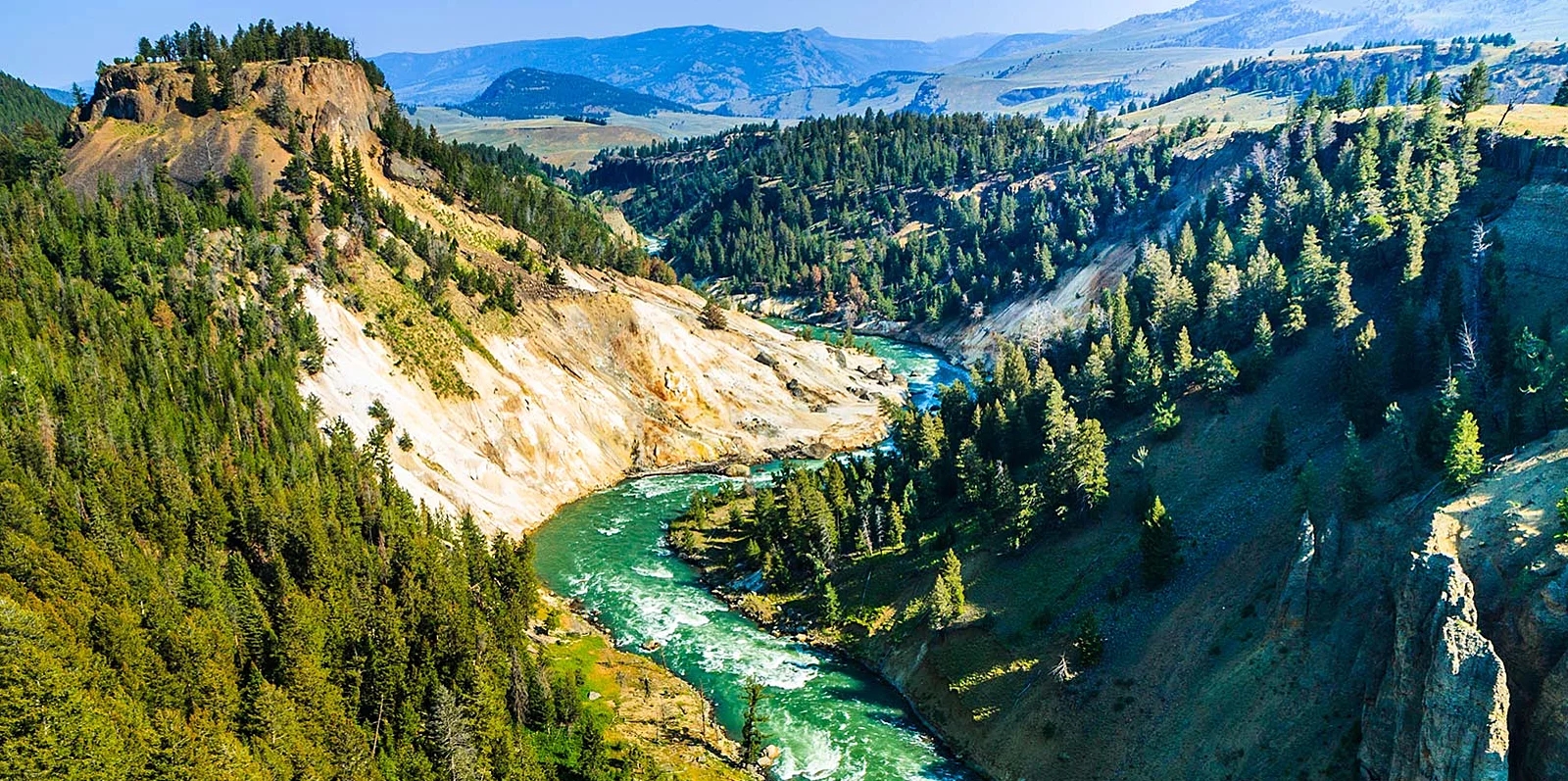 |
| Photo: Travel + Leisure |
8. The Sundance Kid, also known as Harry Alonzo Longabaugh, got his moniker from the Wyoming town of Sundance, where he was imprisoned at the age of 15 for stealing a horse.
The Sundance Kid, real name Harry Alonzo Longabaugh, was an outlaw and a member of Butch Cassidy's Wild Bunch in the American Old West (1867–1908). He most likely got acquainted with Butch Cassidy (real name Robert Leroy Parker) following Cassidy's release from jail in the early 1896s. The "Wild Bunch" gang pulled off the country's longest string of successful train and bank robberies. To avoid the relentless pursuit of the Pinkerton Detective Agency, Longabaugh fled the country with his partner Etta Place and Butch Cassidy. The group fled to Bolivia after traveling first to Argentina. According to most historians, a shootout in Bolivia in November 1908 resulted in the deaths of Cassidy and Longabaugh.
9. Jackson Pollock, an abstract expressionist painter, was born in Cody, Wyoming, which bears his name and that of his founding father, William Frederick "Buffalo Bill" Cody. After that, Pollock's family relocated to Arizona and California, and Jackson later traveled to New York City with his older brother Charles.
American painter Jackson Pollock was a major figure in the abstract expressionist movement in the art world. Pollock experienced considerable fame and notoriety during his lifetime. In addition to separating line from color, redefining the terms "drawing" and "painting," and coming up with new ways to describe pictorial space, Jackson Pollock's greatest accomplishments include creating one of the most radical abstract styles in the history of modern art.
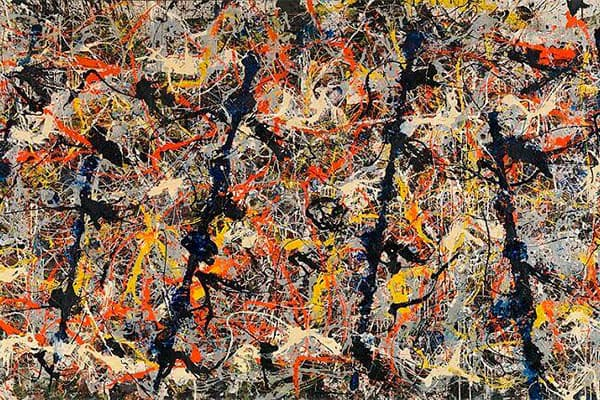 |
| Photo: Art of Wolf |
10. Wyoming's official state mammal is the bison, but there are complex dynamics between the bison and the people who live nearby. More people are injured by bison than by bears each year in Yellowstone, according to the National Park Service. Due to the success of conservation efforts, there is also a program to control the bison population. According to Mental Floss, the objective for this year is to capture and kill between 600 and 900 of the animals.
A bull bison can reach a shoulder height of 6 feet and weigh over 1800 pounds. Millions of bison once roamed the American prairie and supported the Native Americans of the Great Plains in their way of life, but European settlers hunted bison to the point of extinction (only 300–500 animals were thought to be left when the federal government passed stricter game laws in 1889).
 |
| Photo: Peapix |
 The Interesting Facts About Squid Game’s Alarm Clock The Interesting Facts About Squid Game’s Alarm Clock A lot of items belonged to Squid Game have gone viral after it became the first South Korean series to top the US Netflix chart. ... |
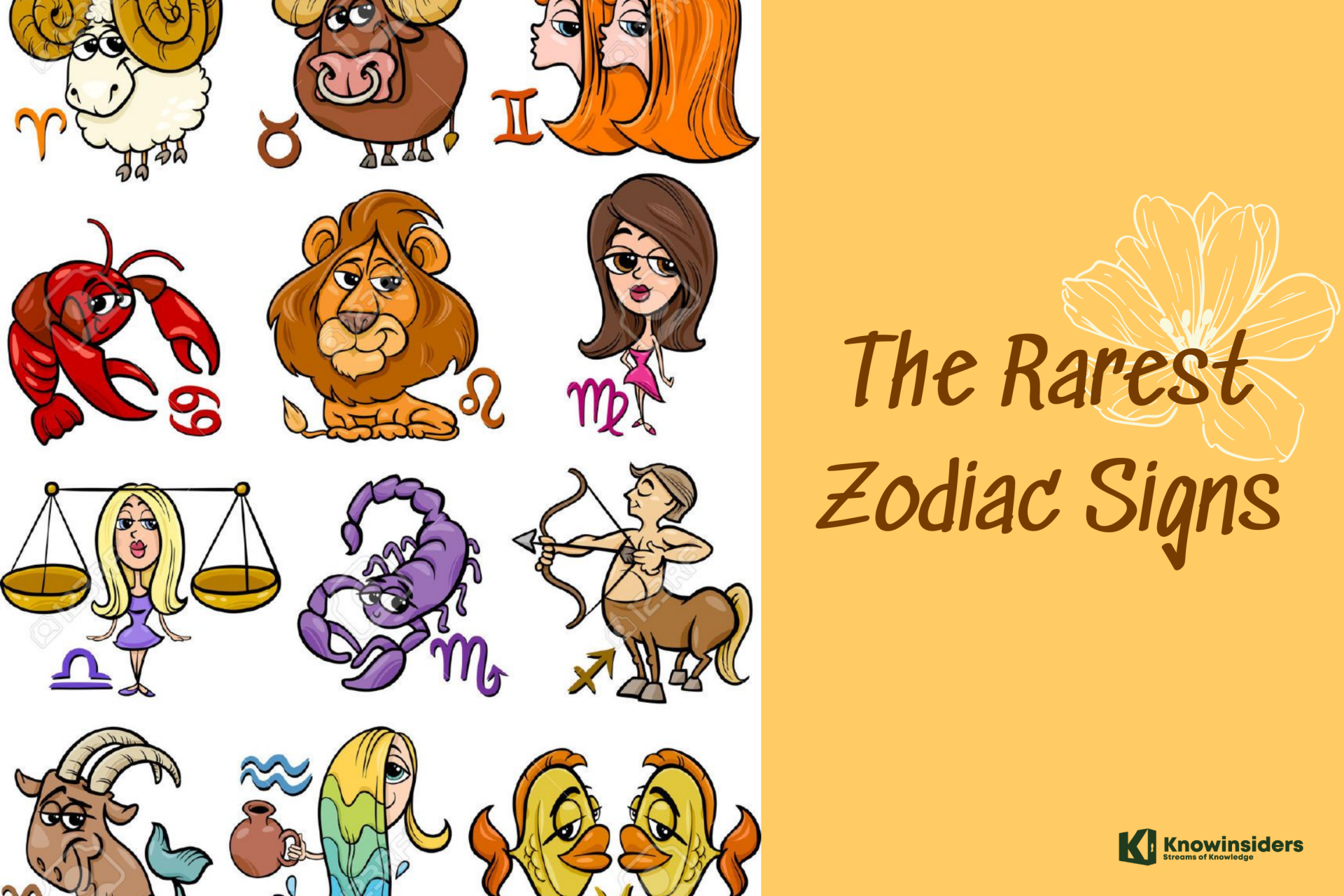 What Is The Rarest Zodiac Sign: Surprising Facts What Is The Rarest Zodiac Sign: Surprising Facts What is the rarest zodiac sign? What are the least common zodiac signs. There isn’t one zodiac sign that is rarer than the others. |
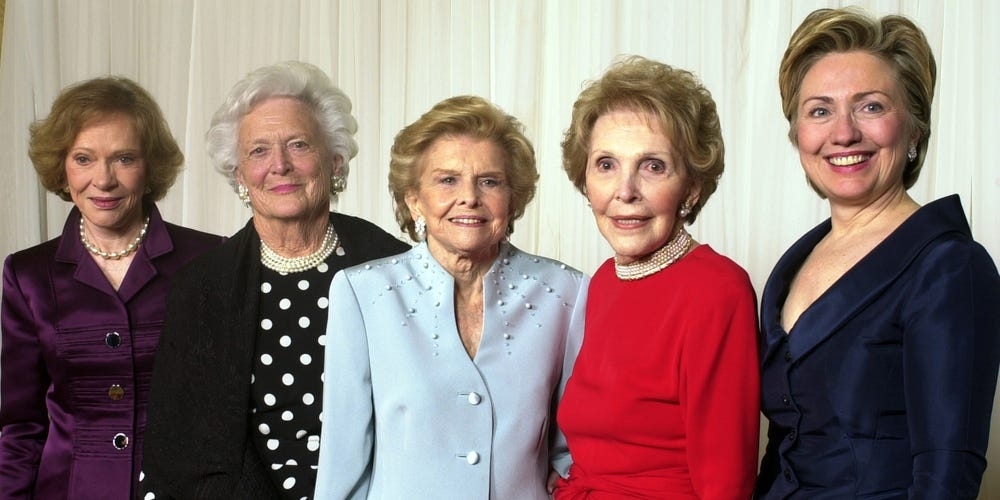 Who Are The First Ladies In The United States: Full List and Little-Known Facts Who Are The First Ladies In The United States: Full List and Little-Known Facts The American people have made the role of the First Lady one of the most important jobs in the country. How many First Ladies are ... |

